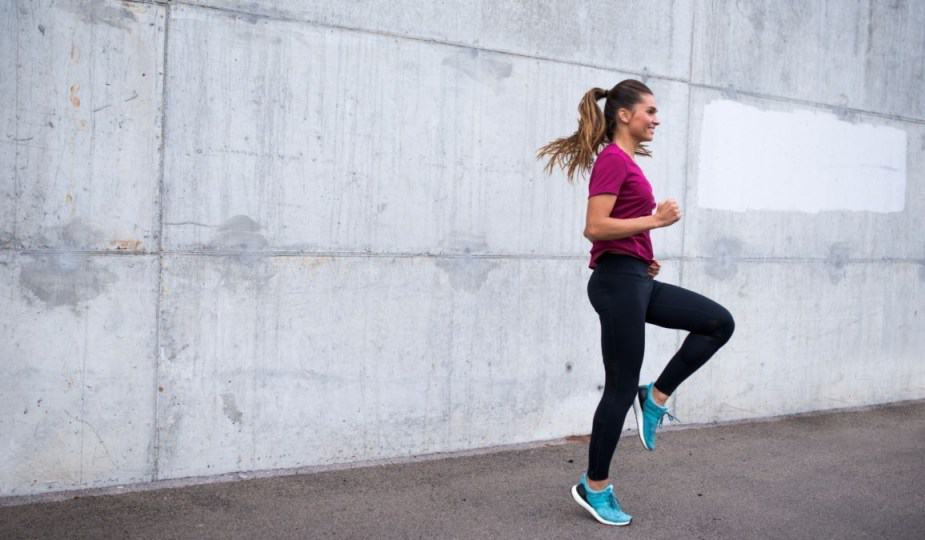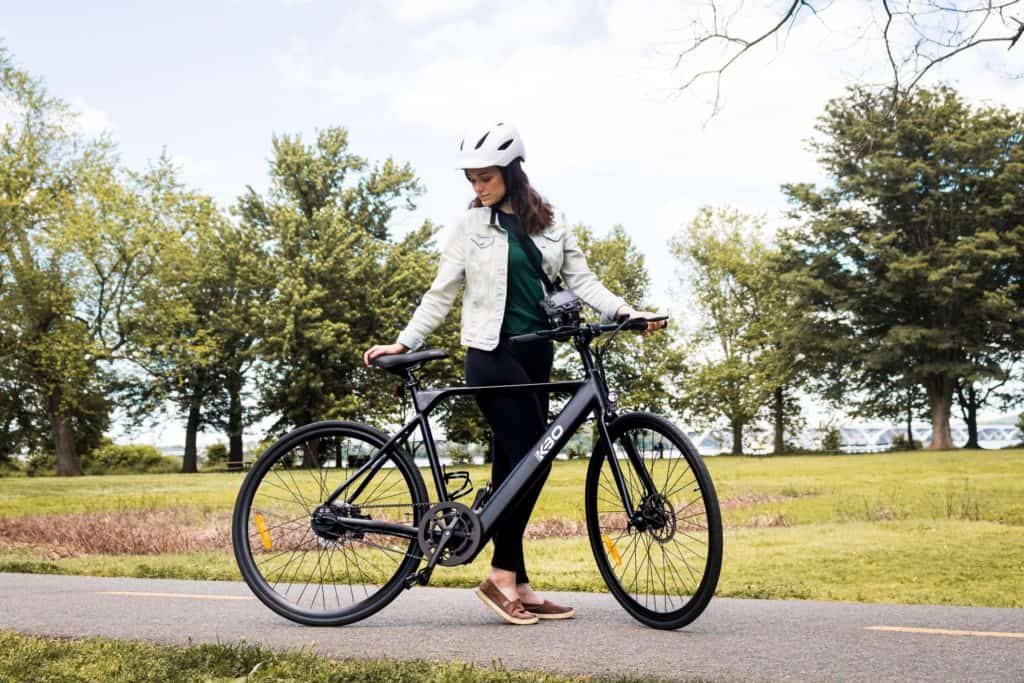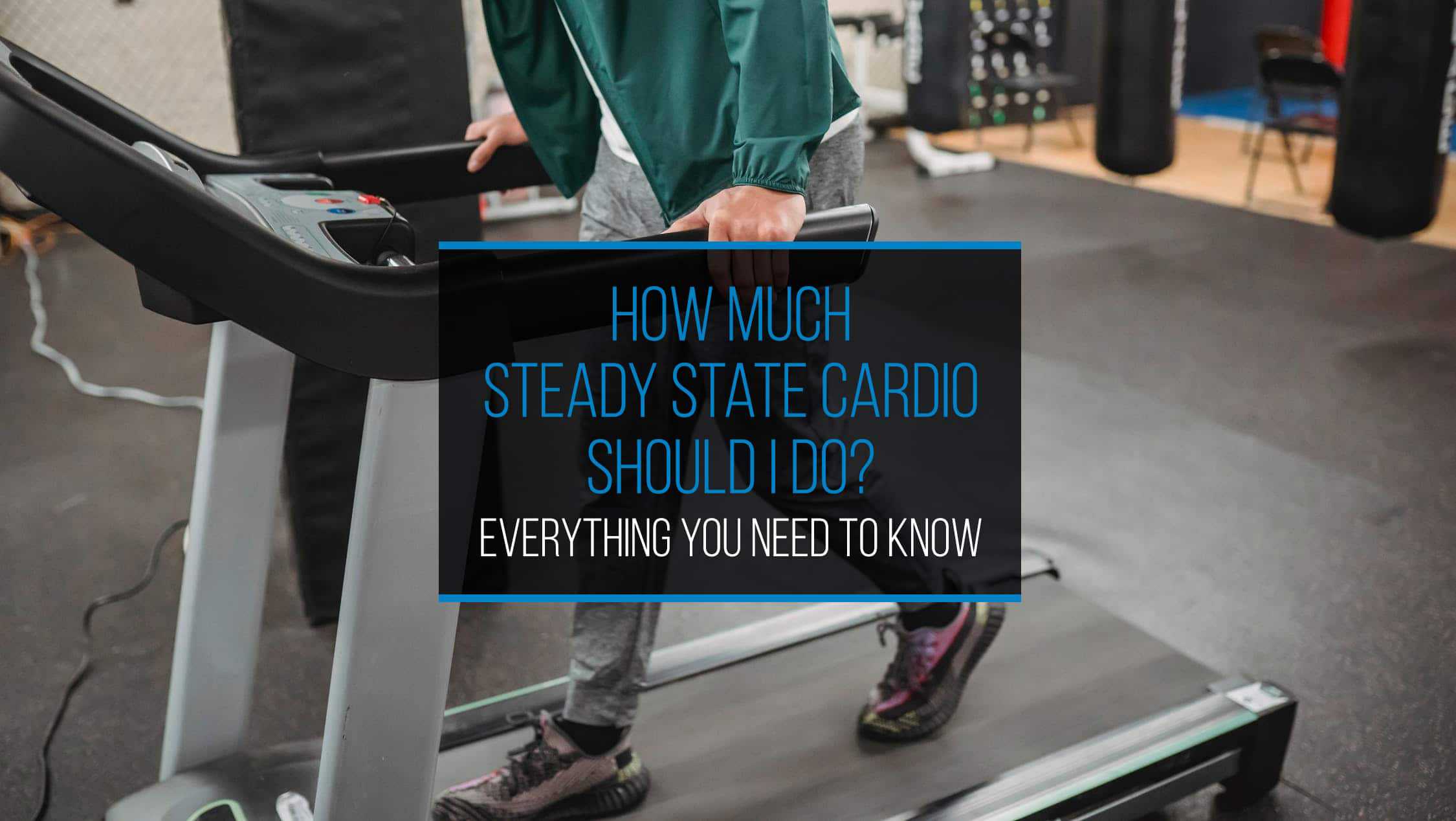If you’re someone who works out often, you have probably been involved in steady state cardio unconsciously. Although steady state cardio is popular as an activity, many people don’t know it by this name.
Any cardiac workout regimen that demands participating in aerobic or cardio exercises for an extended time is known as steady state cardio.
The exercise requires a steady rhythm and a low to moderate level of intensity, with your heart rate not exceeding 55% of its maximum rate. You’ll need to do steady state cardio for approximately an hour to get the most out of it. Otherwise, your heart rate will increase, and you will quickly get exhausted.

How Much Cardio Should You Do in a Stable State?
If you are new to exercising or have never engaged in steady state cardio, it is crucial to start small. That way, your body gets used to the rhythm and eases into it. If you rush into the workout, you may not get the best results and could become discouraged.
As a beginner, it is recommended to start with three steady state cardio sessions in a week. For each session, you must spend about 45 minutes. Keep at the routine until it gets easier for you.
While doing steady state cardio, it is important not to include any other exercise routine, such as high-intensity workouts. Otherwise, you will burn out quickly and may notice adverse effects.
If your fitness level is intermediate, you may incorporate both high-intensity and steady state exercise into your weekly routine. You can balance them out with two steady state cardio sessions and two high-intensity sessions per week. The same applies if your fitness level is at the advanced level.
However, make sure to engage in strength training exercise routines a couple of times every week. Do this for all muscle groups to strengthen them, especially if your goal is to build muscle or gain weight.
In summary, go slow, starting with a 45-minute session once a week. Don’t hurry to speed things up, and allow your body to get used to the cardio activity if you are new to it. Then, slowly adjust or increase the weekly sessions.
Making the Best of Steady State Cardio

While you can do steady state cardio without equipment, it is more beneficial to subscribe to a gym. Most gyms offer a wide variety of cardio machines to choose from. Equipment for steady state cardio includes ellipticals, exercise cycles, treadmills, and rowers. So, having some or all of the necessary equipment in your house can make it easier for you to go through with your routine and get the best results.
If you do not have access to the equipment or would like to go without it, you have the option of hiking, walking, or cycling. You will get the same results with these activities as they are prolonged and keep your heart rate moderately high if you execute them at the appropriate pace.
If you have any health issues, make sure to check with your doctor first. This is especially true if you currently do some suggested cardio exercises but want to add more.
Bear in mind that steady state cardio can get boring over time. This is true for all activities that require doing the same things over and over again. But in this case, you can switch things up and engage in high-intensity cardio routines some days of the week. The routines will involve short periods of intense exercises that increase your heart rate above what you get in steady state cardio.
Activities Regarded As Steady State Cardio

Cycling, running, swimming, and brisk walking are some of the activities that constitute steady state cardio. In simple words, any cardio workout that does not require high intensity or short sessions falls under steady state cardio.
Compared to high-intensity cardio activities that only last 20 to 30 minutes, a steady state cardio session can be as long as an hour. Sometimes, it takes even longer. In short, steady state cardio is drawn out, while high-intensity cardio is quick and short.
It is important to note that none of these cardio activities is inherently better than the other. Both help you burn fat and keep fit, only that steady state requires longer periods of activity compared to high-intensity cardio.
Who Needs Steady State Cardio?
Anyone who enjoys working out should consider incorporating steady state cardio into their routine. It is suitable for people of all fitness levels and is safe for your body.
If you have an exercise routine other than steady state cardio, you can incorporate it into the plan. But if you don’t have a routine yet, taking up steady state cardio is a great place to start before moving on high-intensity exercises.
Steady state cardio also helps you maintain fitness for any competition, especially marathons and endurance treks. You can modify your training to include steady state cardio within the format in which you will participate. Overall, we recommend you to try out steady state cardio if you have time each day and don’t mind spending it on maintaining your fitness.
Benefits of Steady State Cardio

As with other exercise types, steady state cardio has its benefits. Let us look at some of them:
- Better Brain Function: You will find that you think better and may even be more productive when you engage in steady state cardio.
- Improved Blood Circulation: Oxygen flows better in your body because of the improvement of blood circulation.
- Quick Recovery: Unlike high-intensity cardio, where you need some time to catch your breath and recover, steady state cardio does not require an extended time for recovery. In fact, if you are used to this cardio activity, you may not need any recovery time at all!
- Loss of Fat: With steady state cardio, you are more likely to lose fat or redistribute it. The prolonged period needed for the exercise means you will use stored fat for energy instead of glucose in the muscles.
- Excellent Recovery Method: If you go through an intense workout session, steady state cardio is the perfect way to recover the following day without breaking your stride.
- Training Method: As stated earlier, you can keep fit and train with steady state cardio. Cardio activities over an extended period strengthen your heart and lungs and reduce the stress they experience when you have to compete.
- Suitable for Every Fitness Level: What makes steady state cardio the perfect workout is that you can engage in it regardless of your fitness level. As a result, even a beginner can enjoy it.
Drawbacks to Steady State Cardio
If you are going into steady state cardio, it is crucial to know the downsides:
- Risk of Injuries: You run the risk of hurting yourself because steady state cardio may involve the same repeated cardio activities. The muscles in the parts of your body that you use frequently may wear out with time. As a result, they are more susceptible to injuries.
- You May Get Bored After a While: If you lose interest quickly, steady state cardio may not be the best option for you. You may lose interest over time if you continue to do the same things. Once you lose interest, you won’t be able to keep up with the exercise.
- Takes Significant Amount of Time: Not everyone has 45 minutes to spare for cardio. As a result, you may find that you are unable to devote the required minutes to each session.
- Not Recommended for Prolonged Periods: Keep in mind that too much steady state cardio can slow your metabolism. Your body may become accustomed to the activities, and the benefits could fade over time. This may make it even more challenging to lose fat if that’s your goal.
Steady State Cardio as a Daily Routine
If you’re used to working out regularly, you may find it easy to incorporate steady state cardio into your daily routine. Steady state cardio will come naturally, especially if you are used to high-intensity cardio. Though it may seem difficult to slow your pace, you will find that steady state cardio helps you come down from the ‘high’ of intense workouts.
Besides, it facilitates fat burning. You tend to wear out faster when you engage in intense workouts, so you end the sessions quickly. This means you burn stored glucose rather than fat for energy. As a result, fat loss may not occur as soon as you would expect.
But with steady state cardio, you use stored body fat because the exercises are longer. So, while you won’t see results right away, you will begin to notice a reduction in body fat the longer you stick to the plan.
Therefore, consider getting involved in steady state cardio most days of the week. Include it in your routine as a way to recover from your strenuous workouts. You can also use it to strengthen your body on active rest days. You will find that both types of cardiac activity improve your body in the long term.
Bottom Line
Your preferred routine will determine how much you should engage in steady state cardio. Cycling, moderate-paced walking, running, and other low-intensity cardio workouts can be done for lengthy periods, usually 45 minutes to an hour.
You can engage in steady state cardio regardless of your fitness level. What’s more, you stand a better chance of losing that stubborn fat over time with a steady routine of steady state cardio.
However, if you want the best results, we recommend combining high-intensity cardio activities with steady state cardio. Of course, you can also do both in one workout if you have time!

